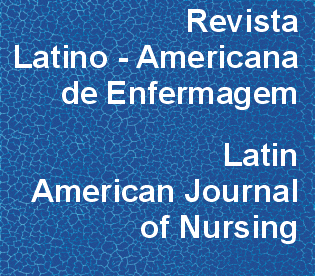Perinatal mortality and socio-spatial inequalities
DOI:
https://doi.org/10.1590/S0104-11692013000500008Abstract
OBJECTIVE: to analyze the social inequalities in the distribution of perinatal mortality in Belo Horizonte. MATERIAL AND METHODS: the perinatal deaths of residents in Belo Horizonte in the period 2003 to 2007 were studied on the basis of the Information Systems on Mortality and Newborns. The space analysis and the Health Vulnerability Index were used to identify existing inequalities in the sanitary districts regarding coverage and risk, determined by the Odds Ratio and a value p<0.05. The multivariate analysis was used to describe a model for perinatal mortality. RESULTS: there was a proved variation in the numbers of perinatal mortality per one thousand total births in the sanitary districts (12.5 to 19.4), coverage areas (5.3 to 49.4) and areas of risk (13.2 to 20.7). The mortality rate diminished as the maternal schooling increased. The death rates deriving from asphyxia/hypoxia and non-specified fetal death grew with the increase of risk in the area. CONCLUSION: it was verified that the perinatal deaths are distributed in a differentiated form in relation to the space and the social vulnerabilities. The confrontation of this complex problem requires the establishment of intersecting partnerships.Downloads
Download data is not yet available.
Downloads
Published
2013-09-01
Issue
Section
Original Articles
License
RLAE’s authorship concept is based on the substantial contribution by each of the individuals listed as authors, mainly in terms of conceiving and planning the research project, collecting or analyzing and interpreting data, writing and critical review. Indication of authors’ names under the article title is limited to six. If more, authors are listed on the online submission form under Acknowledgements. The possibility of including more than six authors will only be examined on multicenter studies, considering the explanations presented by the authors.Including names of authors whose contribution does not fit into the above criteria cannot be justified. Those names can be included in the Acknowledgements section.
Authors are fully responsible for the concepts disseminated in their manuscripts, which do not necessarily reflect the editors’ and editorial board’s opinion.
How to Cite
Perinatal mortality and socio-spatial inequalities . (2013). Revista Latino-Americana De Enfermagem, 21(5), 1062-1070. https://doi.org/10.1590/S0104-11692013000500008



